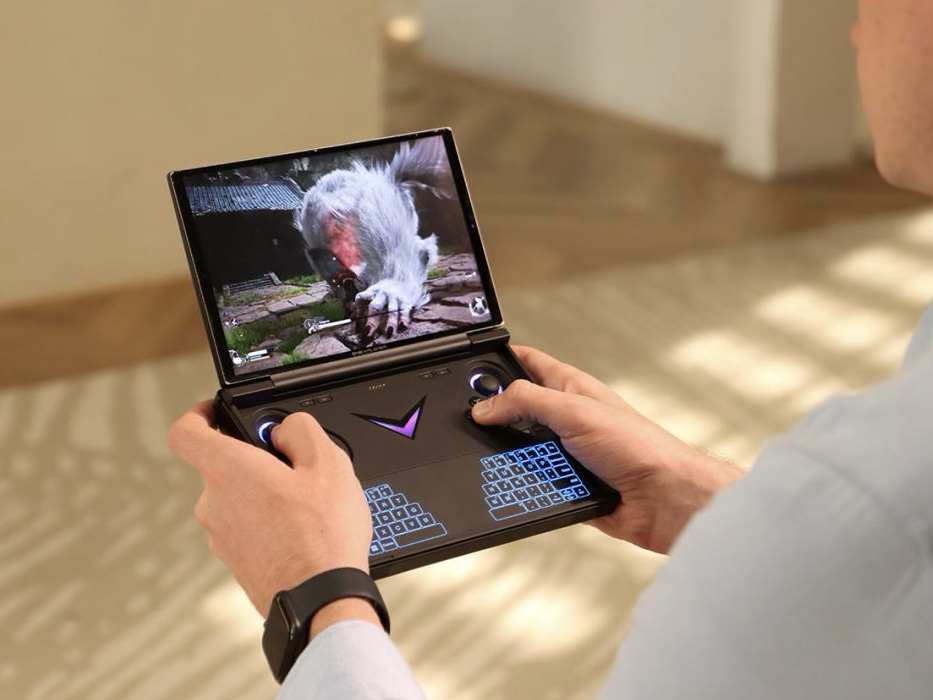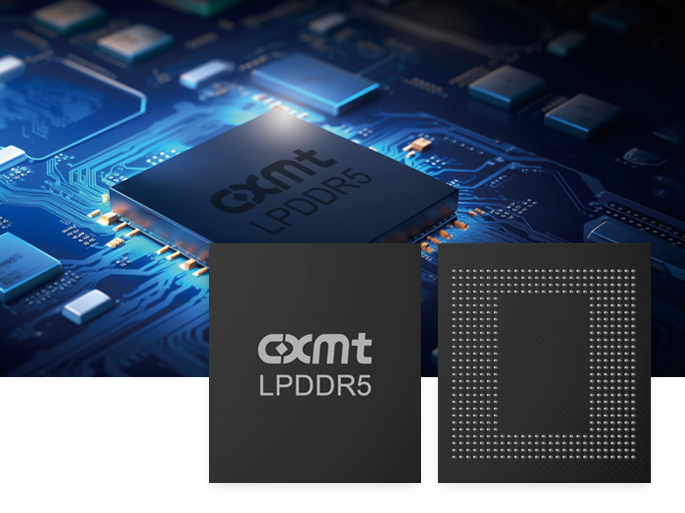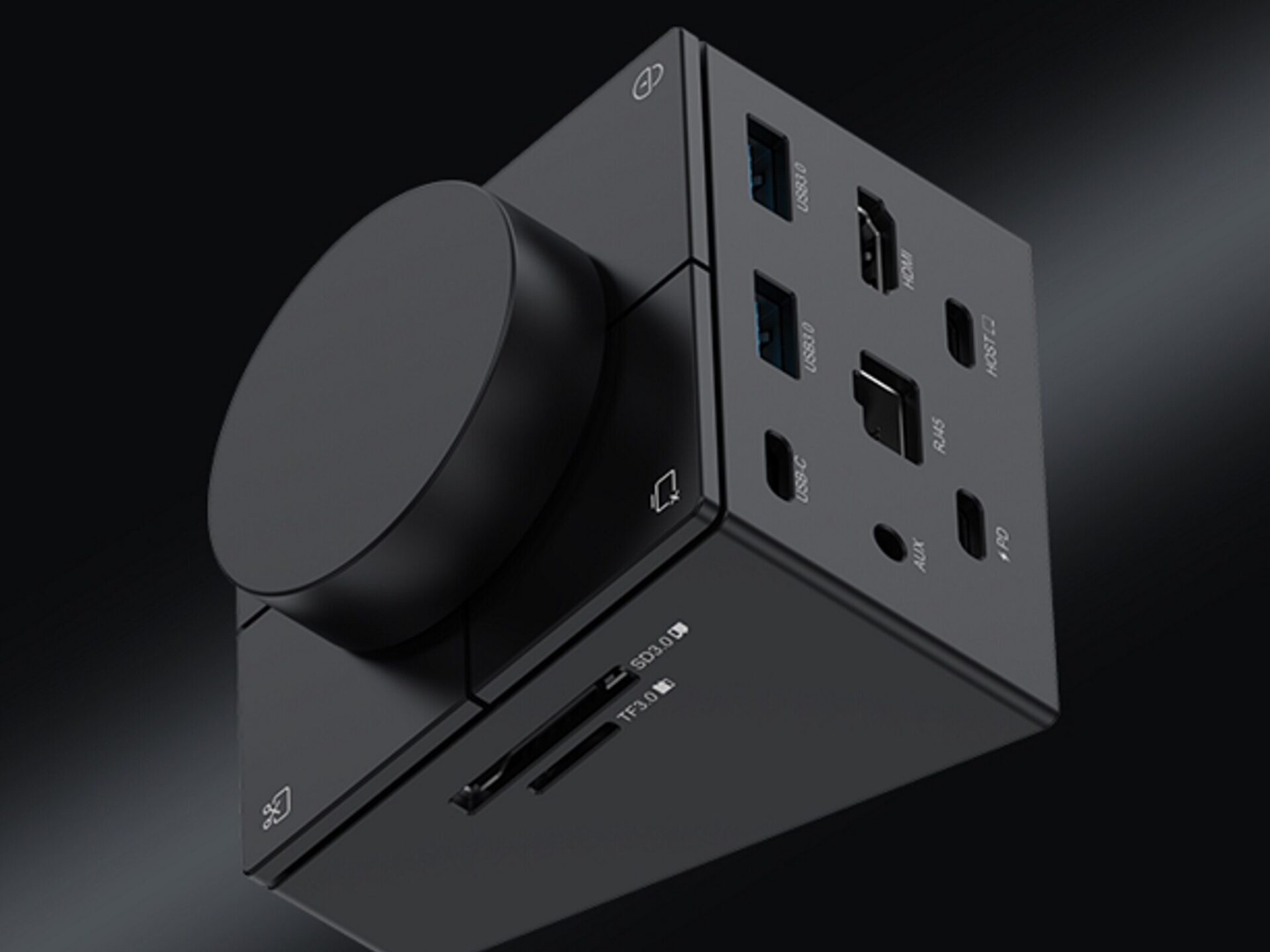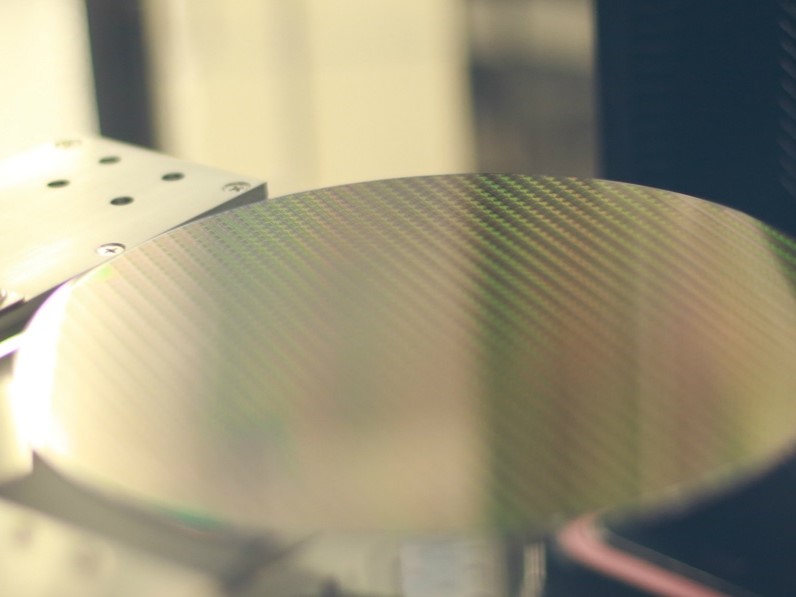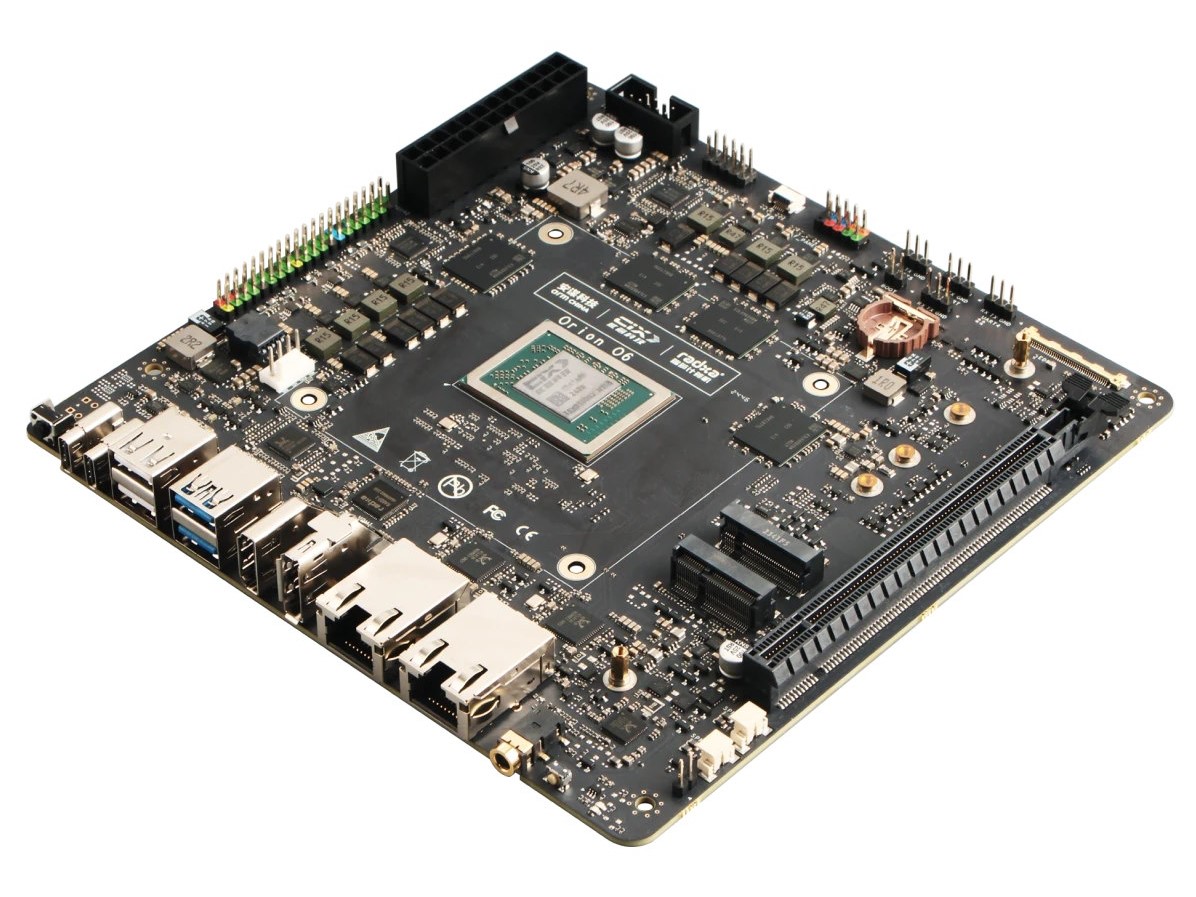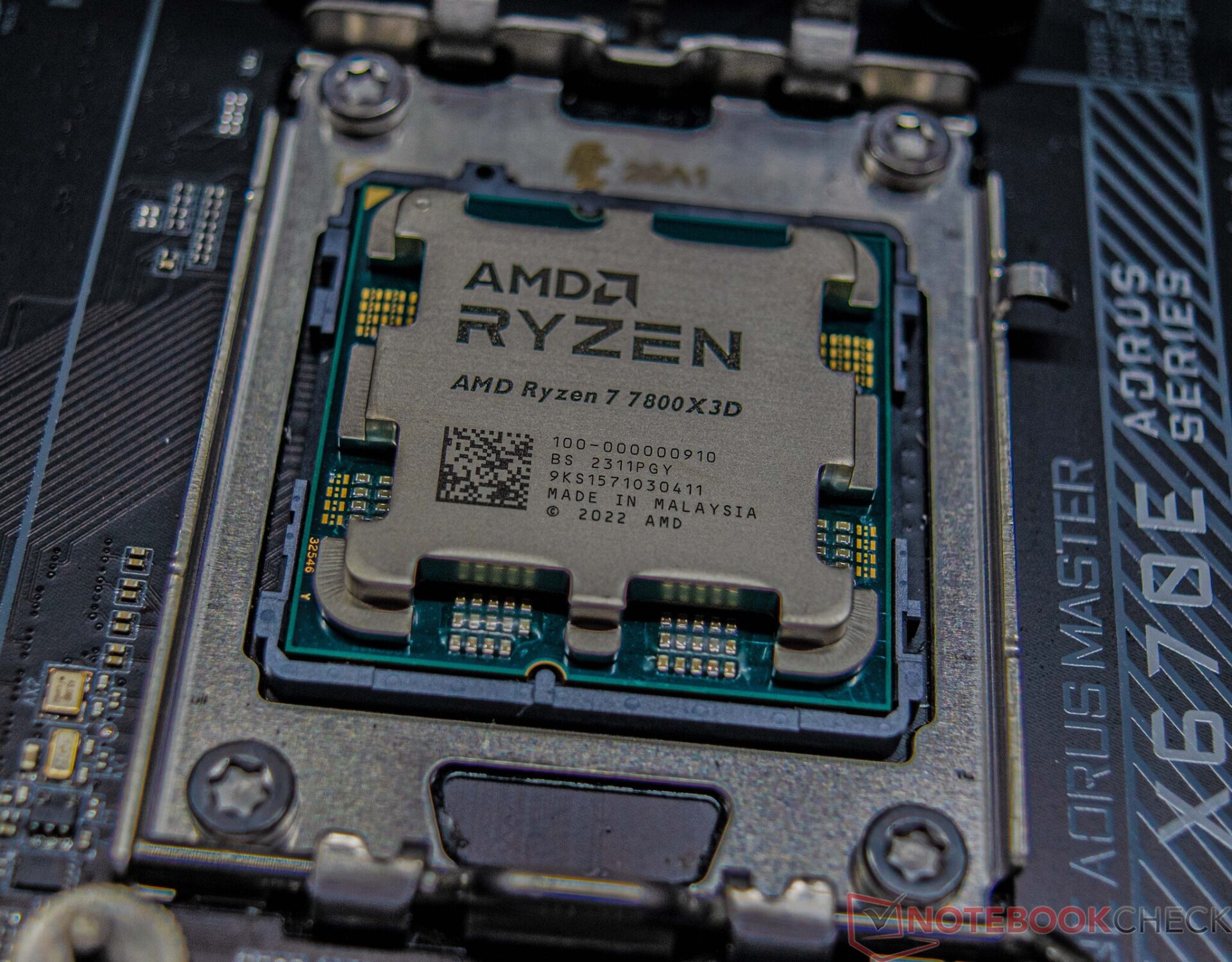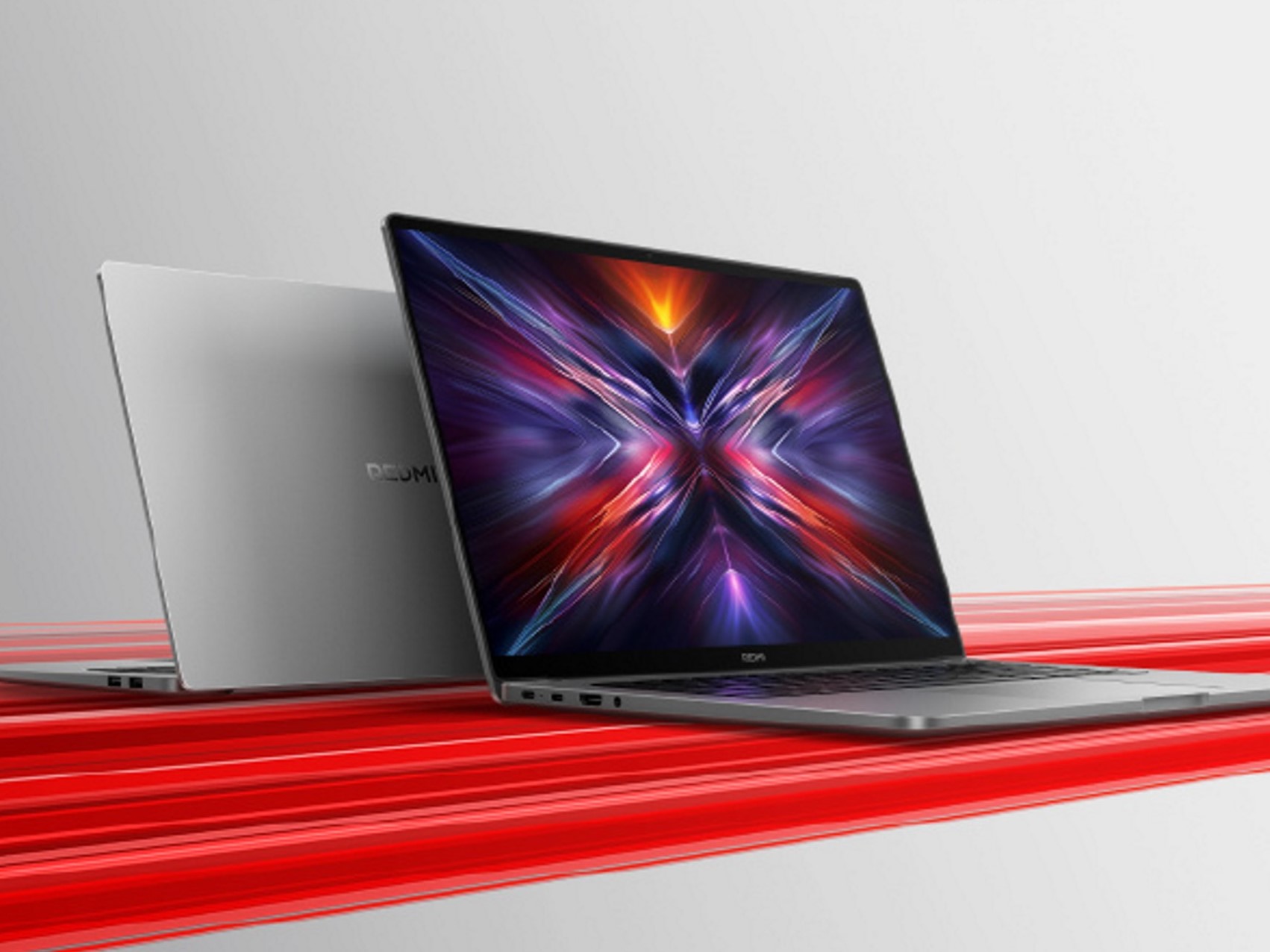The new notebook from MNT Research is being marketed as a viable choice compared to modular laptops such as the Framework Laptop 13. With its hardware and firmware being fully open source, this laptop allows for extensive modifications, making it particularly appealing to enthusiasts and DIY-ers.
Features and Specifications
The device includes a mechanical keyboard that uses Kailh Choc Brown switches and comes with RGB lighting. It features a 12.5-inch 1080p IPS display, and all parts, including the battery and motherboard, can be replaced after purchase. The left and right sides of the laptop have smaller boards for the ports, enabling users to change them without affecting the motherboard. Out of the box, the MNT Reform Next has three USB-C ports (one designated for charging), one USB-A port, an HDMI output, Gigabit Ethernet, and a 3.5 mm headphone jack.
Performance Considerations
While the modular design contributes to a weight of 1.6 kg (3.5 lb) and a thickness of 2.6 cm (1.02 in), it also comes with a downside: the built-in Rockchip RK3588 CPU, which has four Cortex-A76 and four Cortex-A55 ARM cores, lacks the power of modern Intel and AMD processors. However, this chip is efficient enough that it doesn’t need a cooling fan, allowing the MNT Reform Next to operate quietly. The laptop supports Wi-Fi 5 and Bluetooth 5.0, and it will come pre-installed with Debian Linux.
Pricing and Availability
The MNT Reform Next laptop is currently available for crowdfunding on Crowd Supply and has successfully reached its $100,000 goal. The starting model, which features 16 GB of memory and 256 GB of eMMC storage, is priced at $1,099. For $1,599, the “Hyper” version includes 32 GB of RAM and a 2 TB SSD. MNT Research provides free shipping worldwide, but purchasers should be aware of possible import taxes and duties.
Source: Link





